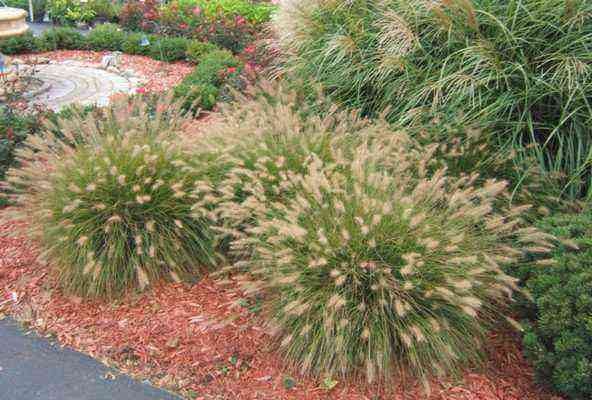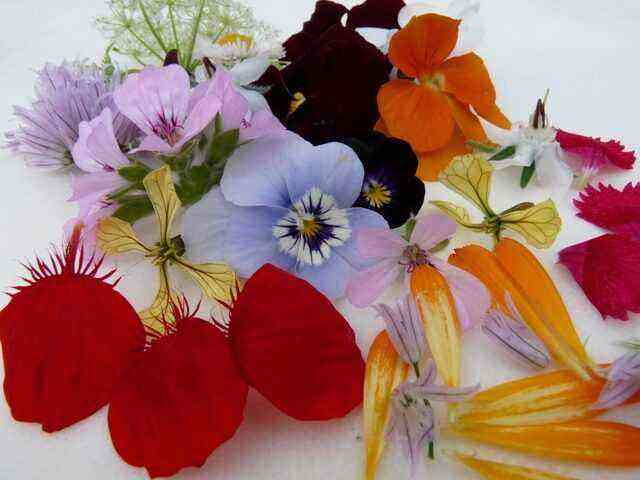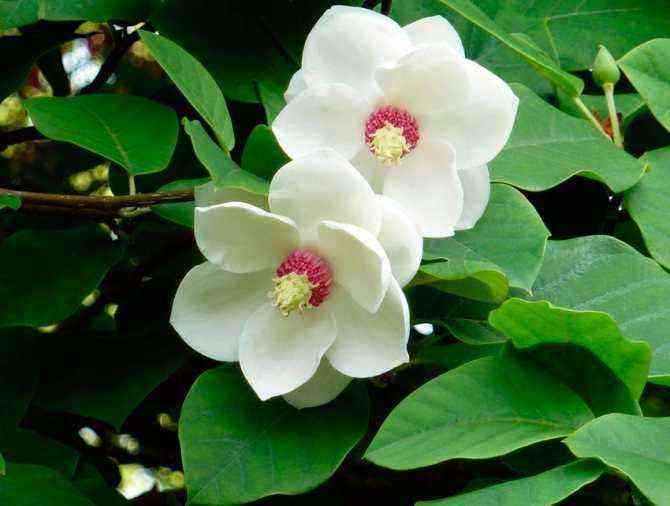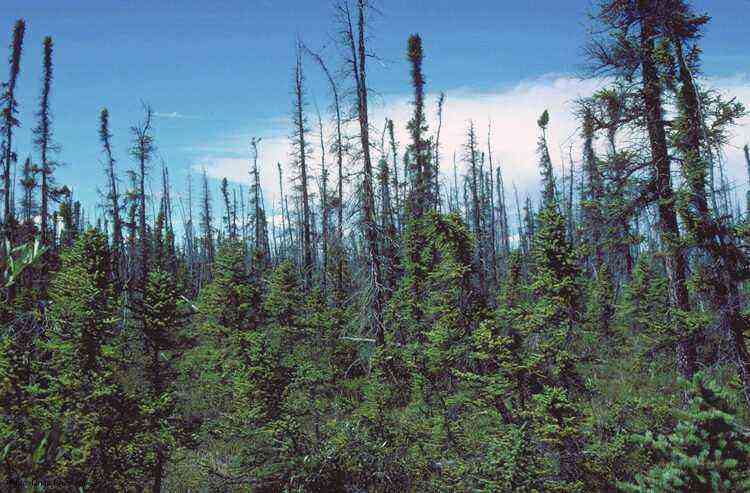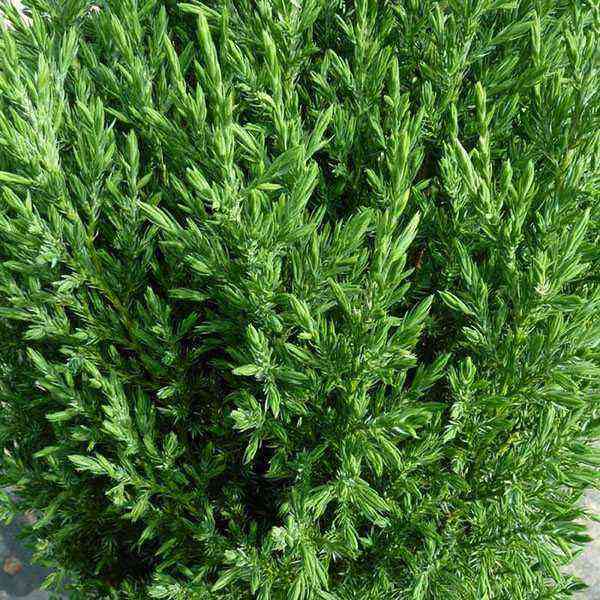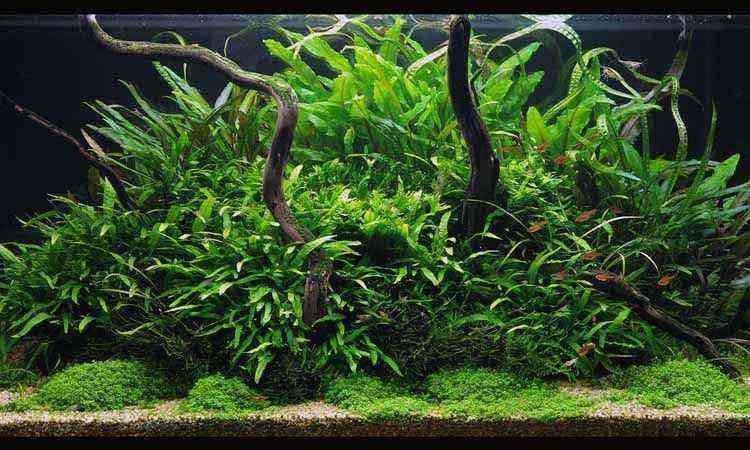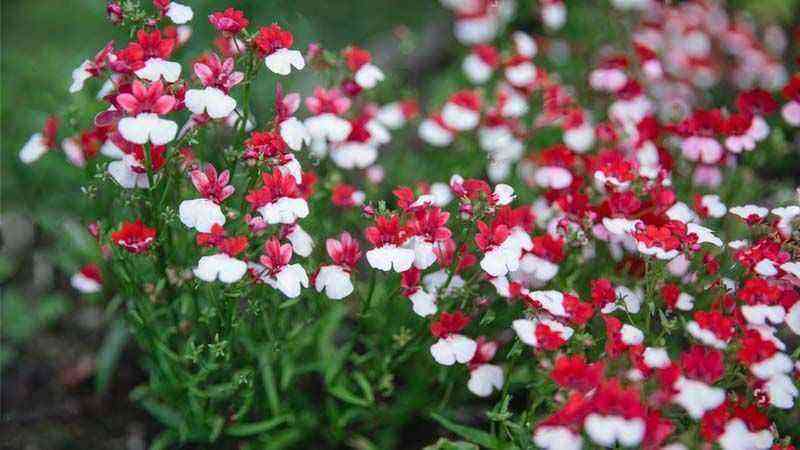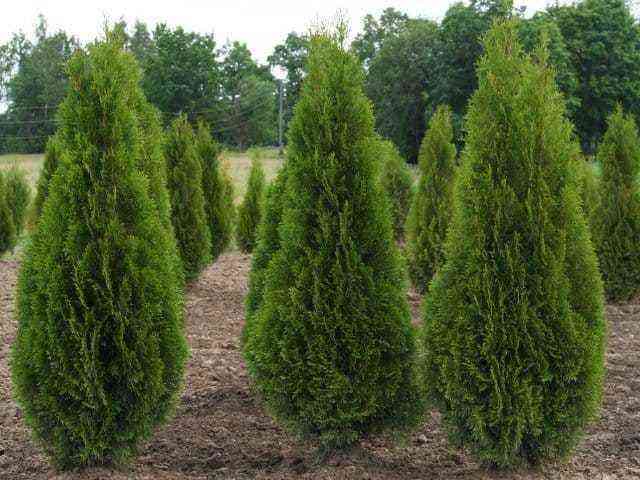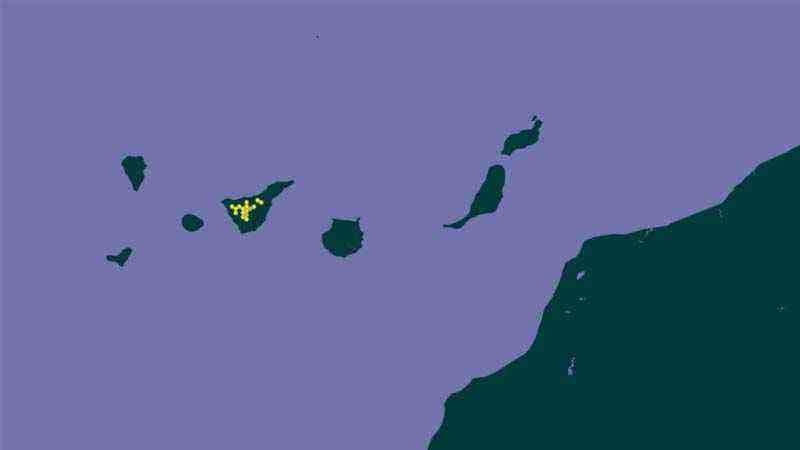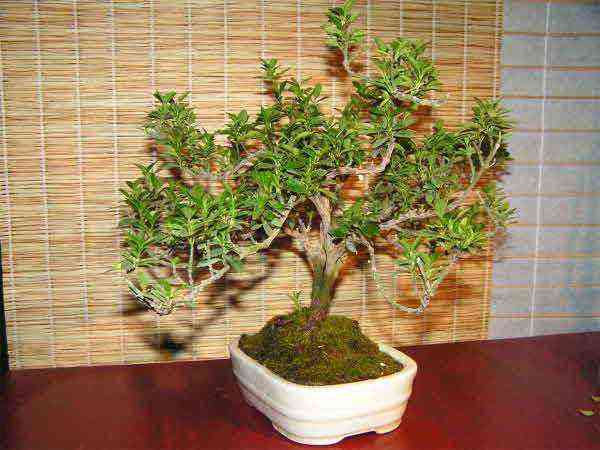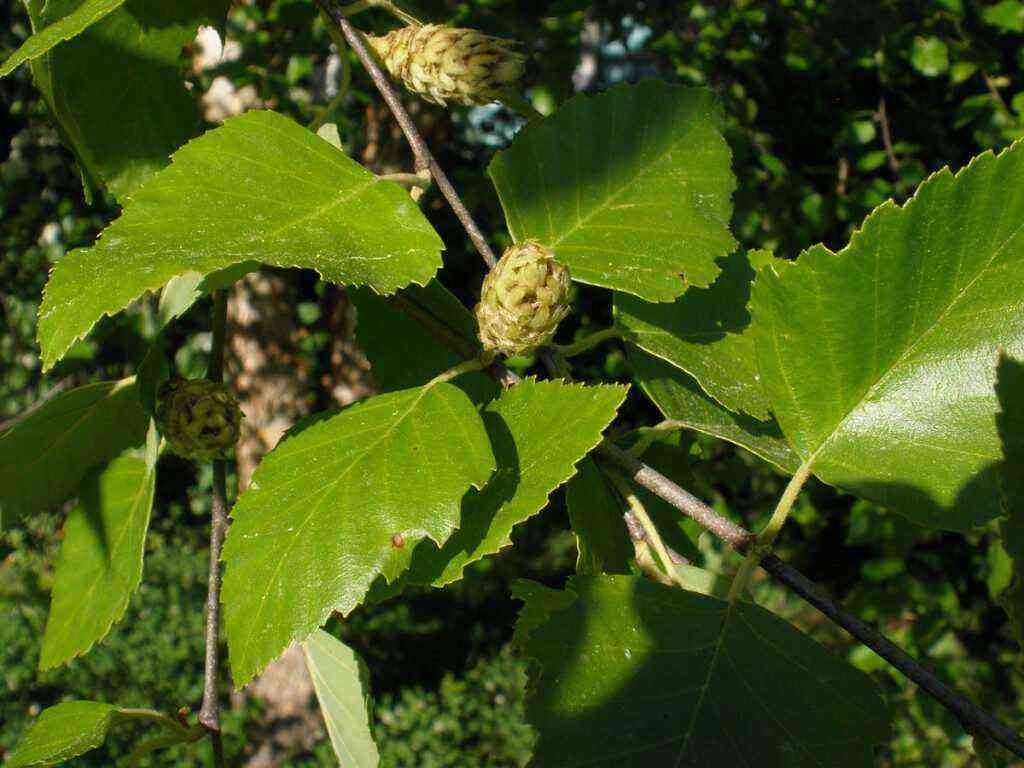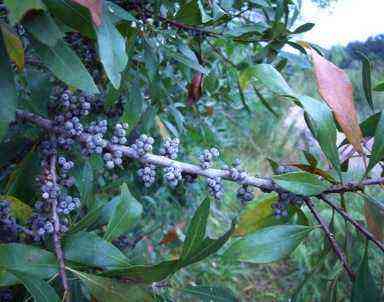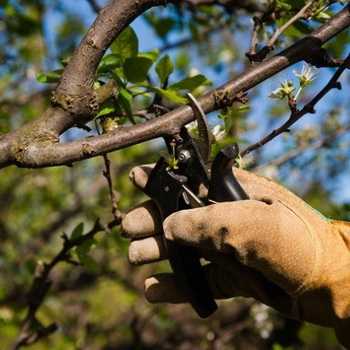 Despite the fact that cherries and sweet cherries are related species, there are a number of differences in pruning and shaping their crowns that cannot be ignored if you plan to get a good harvest every year. It should be borne in mind that cherry crops can be both tree-like and bush-like, and is also of great importance when carrying out agrotechnical measures.
Despite the fact that cherries and sweet cherries are related species, there are a number of differences in pruning and shaping their crowns that cannot be ignored if you plan to get a good harvest every year. It should be borne in mind that cherry crops can be both tree-like and bush-like, and is also of great importance when carrying out agrotechnical measures.
How to properly cut and shape cherries and cherries is described in detail in this article.
How to prune cherries
There is an opinion, and it is quite tenacious, that cherry trees should not be cut at all. Pruning, they say, weakens the plant and causes gum flow. Of course, if the tree is frozen, wounded, with shriveled branches, old, then after pruning, gum will certainly appear. But on such trees it happens even without pruning. For a healthy plant, pruning is not only not scary, but also beneficial. And the benefits of pruning cherries are obvious. Judge for yourself. Cherry buds have a very high awakening capacity. Almost from each, either fruits or shoots are formed. In addition, cherry buds are early ripening, which means that in one year, with good growth, a strong branched branch is obtained. Thickening of the crown is ensured. And although cherries tolerate it relatively easily, but up to a certain limit. In a well-lit and ventilated crown, leaves, branches, and fruits are healthier. Bouquet twigs are also more durable. Therefore, it will not do without thinning. Pruning is also necessary later, when the growth of the shoots weakens. The cherries bearing fruit on annual branches have chalky flower buds, and hence the yield, directly depends on the length of the shoots. Bouquet branches bear fruit, depending on the conditions, for 3-5 years, then die off. They should be replaced by new ones, and they are formed only on sufficiently strong annual branches. It turns out that maintaining normal cherry growth is extremely important. In this respect, cherries need pruning even more than apple trees. To avoid weakening the trees, approach your cherry pruning carefully. First, consider the peculiarities of its growth and fruiting. Secondly, scrupulously follow the rules and pruning technique.
According to the nature of growth and fruiting, all varieties of cherry are divided into tree-like and bush-like. Do not confuse with the shape (appearance) of the plants. Both those and others can grow both in the form of a bush and in the form of a tree. Often, coppice cherries are distinguished into a separate group. Due to the differences in growth and fruiting of different cherries, they also approach pruning differently.
Bush cherries (Vladimirskaya, Bagryanaya, Zhukovskaya, Lyubskaya) bear fruit mainly on annual branches. Fruiting on bouquet branches is sometimes observed in them, but it is not typical. If the length of the shoot is somewhere about 30 cm or less, all lateral buds are usually floral and only the apical vegetative. On shoots 30-40 cm, part of the lateral buds are placed in groups of 2-3.
In each such group, one bud can be vegetative, and the rest are floral. There are also single vegetative (growth) buds on such branches. On shoots longer than 50 cm, usually all lateral buds are vegetative. Due to the fact that after fruiting, only scars remain on the branches where the buds were first, and then the fruits, the branches of bushy cherries are thin, long, bare and sagging. Therefore, the most valuable shoots are considered to be 30-40 cm long. They have fruiting, and shoots are the key to fruiting next year.
In tree cherries (English early, Shpanki early and late, Turgenevka), the predominant part of the crop is placed on bouquet branches. Since the bouquet twigs are capable of bearing fruit for several years in a row, there should be no rapid exposing of the branches and a strict dependence of the yield on the length of the shoots. So it is, as long as the shoots of tree cherries are in the range of 40-50 cm annually, or in extreme cases at least 20 cm. Some of the buds on such shoots are floral.
They will give flowers and fruits. The other part is vegetative. From them, either bouquet twigs or long shoots are formed. With a weakening of growth, when the length of the shoots becomes less than 20 cm, only flower buds are laid in the axils of the leaves. There are practically no vegetative ones, except, of course, the apical. As a result, after fruiting, the branches become bare, a few years of this state – and the last bouquet branches will die off. New ones are not formed on short increments. Treelike cherries lose their advantage and begin to behave like an ordinary bushy.
The best cherry crowns are sparse-tiered, improved tiered and non-tiered. For plants of some low-growing varieties (Lyubskaya, for example), a bushy crown is also suitable. As for the various fusiform and flattened crowns, they are not suitable for cherries. The early maturity of the buds, the nature of branching, the tendency of the branches to be exposed after fruiting and other features of cherries will violate all plans.
Do your first post-plant pruning in early spring. If you are late with the beginning, then this year limit yourself to thinning the branches. With a small initial amount, do not do this job either.
Start shaping by determining the height of the stem. In cherries, it is usually 30-40 cm. There should not be any overgrowth on the stem. Above the trunk, select 5-b strong branches, this will be the skeleton of the crown. Cut the excess into the ring. No bending.
For beginner gardeners, a scheme for pruning a cherry tree is presented:

Cherry grows at a young age and usually branches very well. But do not allow it to thicken, otherwise you will have to cut it a lot later. Cut all branches heading into the crown completely. Gradually add new ones to the previously selected main branches in such a way that by the end of formation, bush cherries have up to 15, and tree cherries – about 10. Place them evenly along the trunk. Do not restrict lateral ramifications if they have room for this. If they do not grow in their own sector, cut them for translation to the periphery of the crown.
The most basic feature of pruning bush cherries is that one-year branches should not be shortened either during crown formation or during subsequent pruning. After shortening, a short one-year branch will dry out to the base, a long one – to a bud, which is capable of sprouting. Where this bud is located on this branch and whether it exists at all, it is impossible to say for sure. The question arises: is such a risk necessary, when in conditions there is either a loss or nothing?
It is advisable to limit the height of cherry trees at the level of 2-2,5 m.
As you can see in the photo, pruning of adult cherry trees comes down to maintaining a good annual growth of shoots (30-40 cm) and a sufficiently high level of illumination of all sections of the crown:
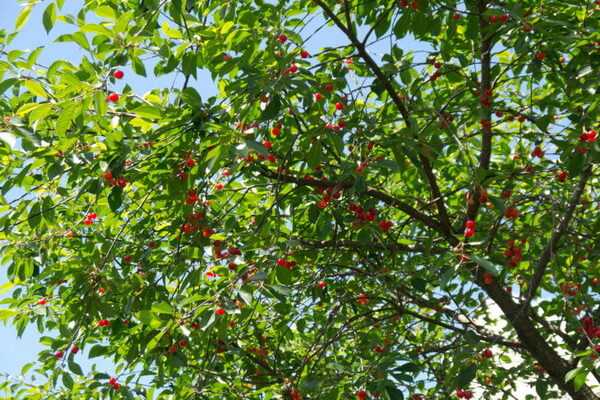
While the growth of the shoots is strong enough, there is only one concern – to prevent thickening of the crown. Begin pruning with a sanitary cleaning. Then remove the long, lash-like, without much branching, bare branches with a short growth at the top. Cut into a ring or cut into the transfer branches growing inward. Skip this work for a year or two, and the branches inside the crown will be so intertwined that you don’t know how to deal with them.
With a weakening of growth, branching ceases, the bare branches progresses rapidly. With a shoot length of 15-20 cm, light rejuvenation is required, for this, cut the branches of the first and second orders of branching to the first branch (preferably strong). Follow the rejuvenating pruning with crown thinning. The shorter the shoots on the tree, the more rejuvenating pruning. When pruning neglected trees, first carry out a thorough crown thinning and then rejuvenation of the branches. Remember that thinning, even a strong one, does not reduce the yield, since it removes mainly long, but bare branches. In the future, tops will appear on the strong trees cut in this way. By rational use of these tops, you can achieve a significant rejuvenation of the crown and restore the ability of plants to bear fruit.
In tree cherries, when forming a crown, you can safely shorten the branches if you need to subordinate them to each other or subordinate them to the central conductor. Be sure to shorten annual branches if they are more than 50 cm long. Otherwise, they will form mainly bouquet branches. And they, as you know, will bear fruit for as many years (usually up to five) and will die off. So much for exposing the branches with strong growth. If you shorten them, both strong shoots and bouquet branches will grow from the remaining buds. Therefore, both fruiting and further growth are assured. It will be possible for several years to be limited only by thinning the crown.
If the growth of the shoots becomes less than 20-25 cm, consider that the time has come for rejuvenation. You know the law of rejuvenation: the weaker the growth, the stronger the pruning. Cut branches to transfer to strong branches. Keep in mind, however, that unlike bushy varieties, tree-like varieties sprout bouquet twigs during rejuvenation and spinning tops appear on the main branches. You can use them to form new branches to replace the ones you delete. Any rejuvenating pruning is preceded by a thorough thinning of the crown.
Sometimes varieties originating from steppe cherry (for example, Vole) are distinguished into a separate group. They enter fruiting early and tend to thicken due to their strong shoot-producing ability. They bear fruit both on bouquet branches and on annual branches, therefore, the yields are high, annual.
Such cherries are usually propagated by shoots, although the possibility of reproducing them in the usual way is not excluded – by grafting. In grafted cherries, the shoots are cut out, and in self-rooted cherries, you can use it for reproduction and for the formation of a bush.
Own-rooted cherries are usually grown in bush. Each stem of the bush is formed as a separate branch of the tree. Shoot cherries are pruned as bush cherries. The difference is that from time to time from the existing shoots, they leave the best, well-located, so as not to increase the base of the bush, and prepare a replacement for dried or broken stems from it. The rest of the growth is removed or dug up and used as planting material. The bush should have 1-2 branches of three ages. The crown is formed and cut as if it were from one stem, that is, they do not pay attention to which branch belongs to which branch.
And one more thing about pruning cherries. Try to complete all surgical operations 3-4 weeks before the swelling of the kidneys. If you are delayed with pruning and the buds are about to start growing, postpone, so as not to harm, all the work until next spring. Otherwise, in the easiest case, gum flow is ensured. Cut out the root shoots constantly (as soon as you notice, in early spring, summer, autumn). The overgrowth not only depletes the tree, but all pests and diseases are the first to multiply on it. And then they penetrate the crown.
How to form a sweet cherry
Like most stone fruit plants, sweet cherries have high bud awakenability, and shoots are formed mainly from only a few buds closest to the apical one. Because of this, the trunks of the sweet cherry are clearly pronounced and the layering of branches. Cherry bears fruit on annual branches and on bouquet branches. In adult plants, almost the entire crop, or rather, more than 3/4 of it, is placed on bouquet branches. The explanation is simple. Lateral branches are possible only on branches, the length of which exceeds 30-40 cm, and on weaker ones, which is typical for adult plants, only bouquet branches. When the length of the annual growth of the branches becomes less than 15 cm, only one apical bud will be vegetative. All other lateral buds are floral. After flowering and fruiting, nothing will remain in their place except the rumen. Here in these biological characteristics of growth and fruiting, look for the key to the entire system of forming and pruning cherries.

The best shape of the crown is sparse-tiered, although some others are also suitable for cherries. She succeeds in palmette formation, in the form of a bowl and even in the form of a bush. As for the palmette and the bowl-shaped crown, their formation is about the same as that of an apple tree, and the bushy crown consists of a short segment of the trunk, on which 1,5 dozen or even slightly more main branches are evenly distributed, growing in different directions so that evenly fit in space. The height of the crown is up to 3 m, its appearance resembles a ball. And yet, if you have to choose the shape of the crown for cherries, give preference to a sparse-tiered one. She is more understandable, less capricious and will not bring surprises. The surprises are good, pleasant ones, but it’s better to stay away from the unpleasant ones. Let the scientists work on them for now.
Begin the formation of a sparse-tiered crown with a one-year-old. If it is not more than 1 m, do not shorten it. If higher, cut at a height of about 1 m. In the first tier, leave 3-4 branches. The next year, do not shorten the central conductor if it is not more than 1 m. Cut the excess branches in half or, if necessary, cut them into a ring.
Here you can see the scheme for pruning cherries:

In each subsequent tier, lay 1 branch less than in the previous one. The distance between the tiers is 0,5-0,8 m (the higher the tier is placed and the less grown variety, the less). When forming plants with a pyramidal crown, shorten the branches by transferring to the outer branch, and in plants with a spreading crown, to the inner branch. In highly branching plants, when forming the crown, limit yourself to thinning the branches if possible.
In all cases, prevent the formation of sharp forks and the development of ankle branches. In the finally formed crown, there should be three tiers of branches: in the first 3-4 branches, in the second 2-3, in the third – 1-2. Above the third tier with two branches, it is useful to form another branch.
When entering into fruiting trees of strongly and moderately branched varieties, limit yourself to thinning. In weakly branching annual branches longer than 60 cm, shorten by ¼-1/3 of their length to enhance fouling. Short – 30-40 cm – do not touch at all. Pruning long branches encourages fouling, but cutting short branches will only result in loss of yield.
Start rejuvenating pruning when the length of the shoots becomes 15-20 cm. The weaker the shoots, the stronger the degree of rejuvenation of the branches. Pruning during rejuvenation is preferable to carry out on the lateral branches, and in the retreating growth zone – on tops.
If after pruning, be it formative, supporting or rejuvenating, gum suddenly appears, then know that it is not pruning that is to blame, but the general condition of the plants, and take appropriate measures.
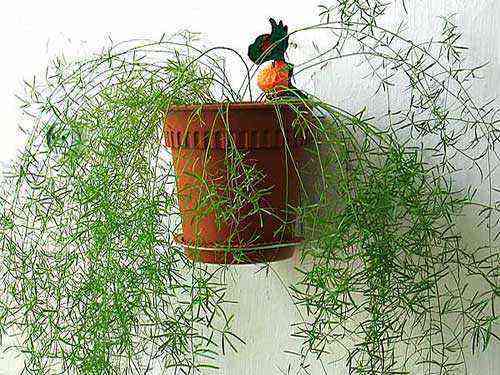
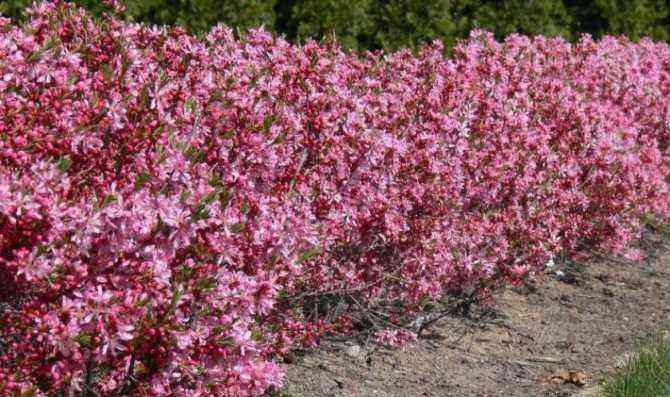
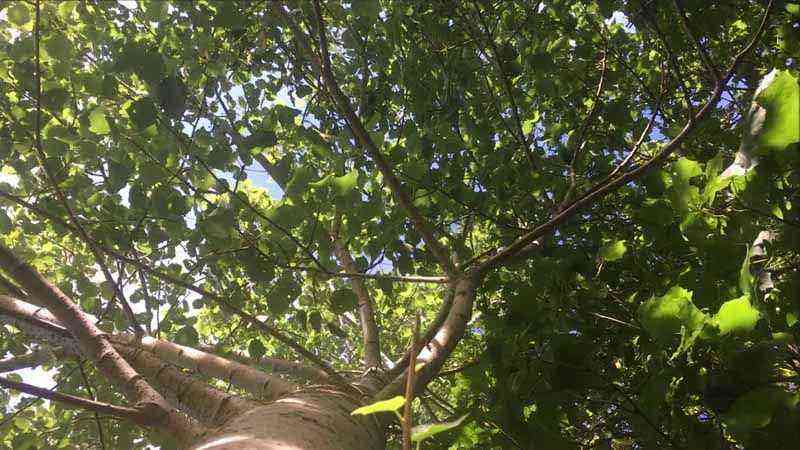
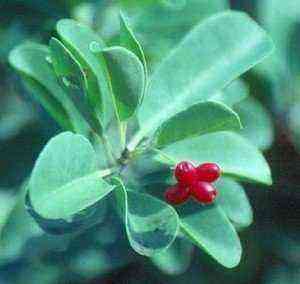
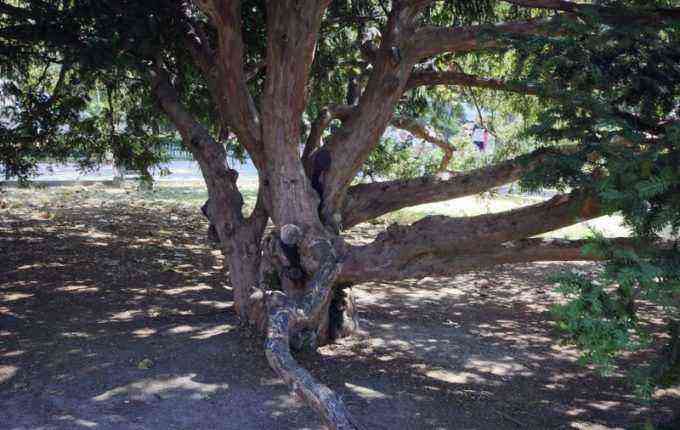

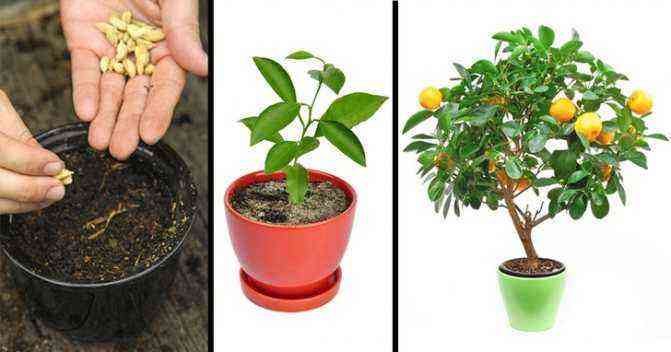
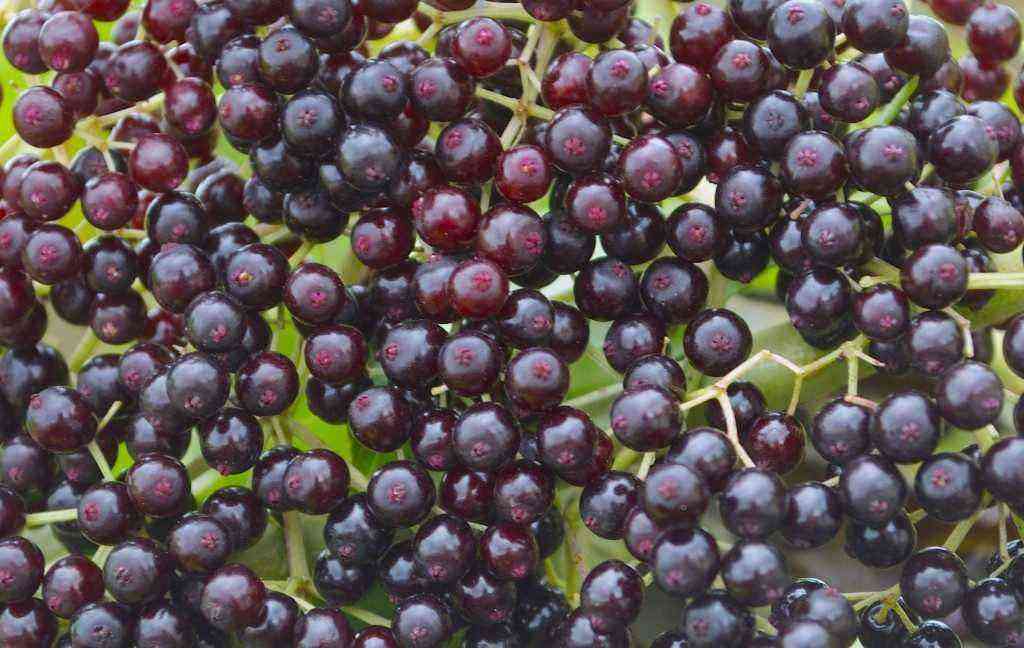
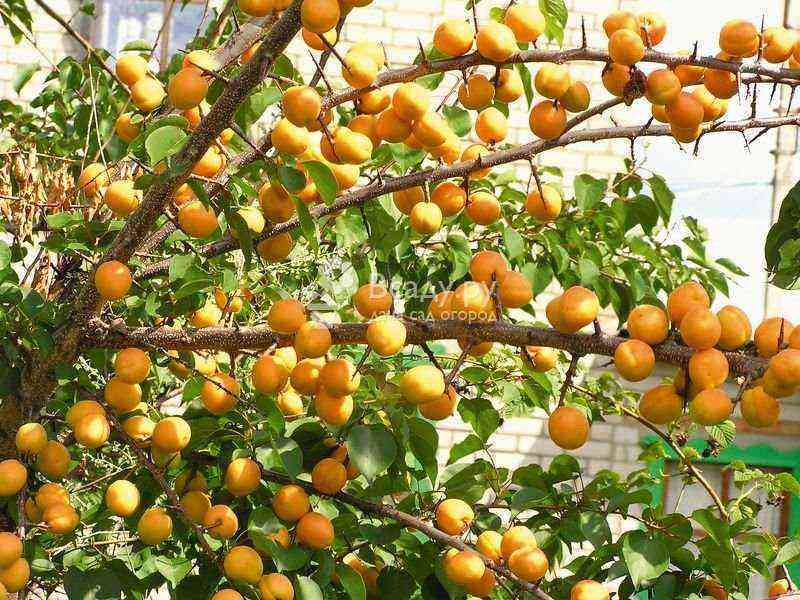
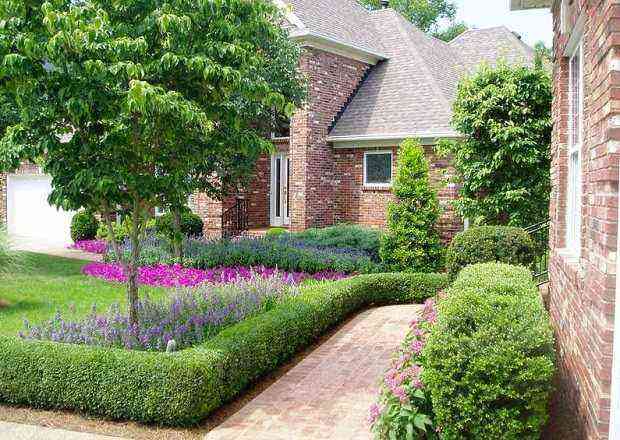

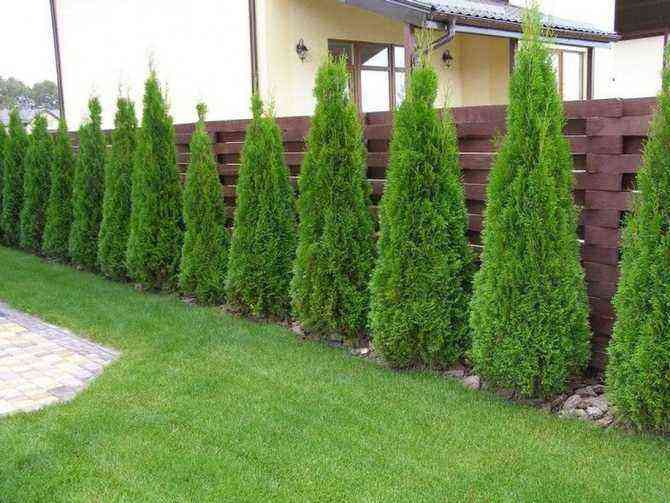

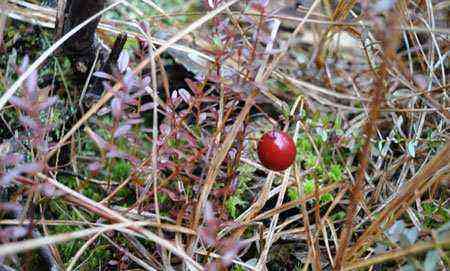


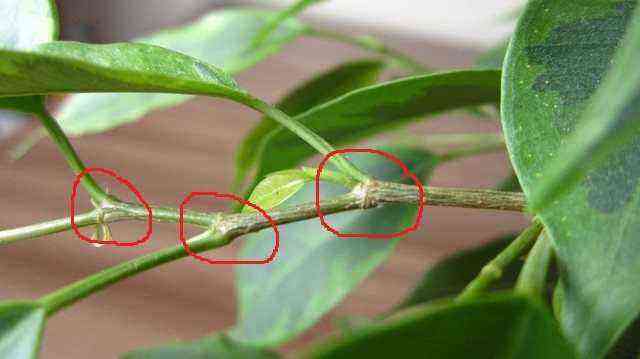
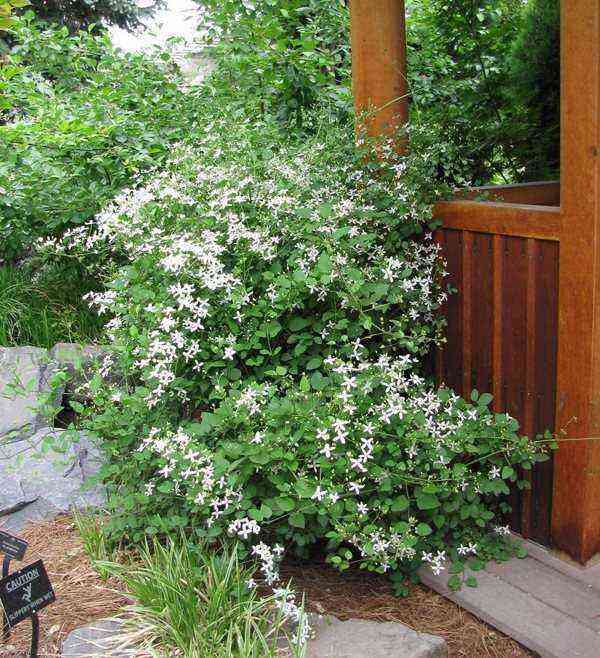

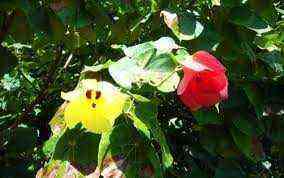
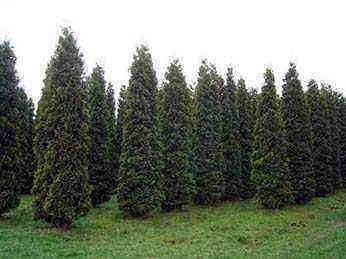
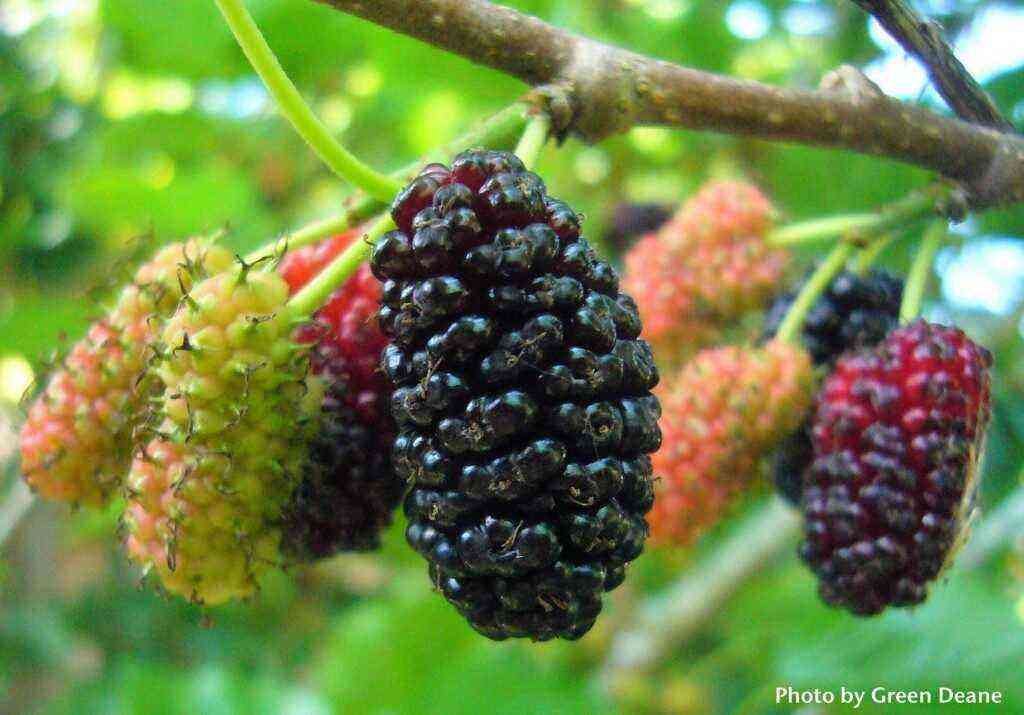
![Cultivo de Magnolia stellata [magnolia estrellada] Cultivo de Magnolia stellata [magnolia estrellada]](https://farmer-online.com/wp-content/uploads/2021/05/Cultivo-de-Magnolia-stellata-magnolia-estrellada.jpg)



